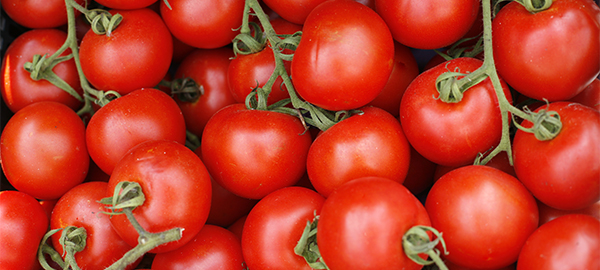PeMaTo-EuroPep

- Acronym: PeMaTo-EuroPep
- Countries involved: Belgium, Spain and the Netherlands
- Budget: Total budget of €531,237 and has been granted € 366,600 through the C-IPM second call.
Know your tiny enemy
Improved pest monitoring is necessary to support effective biological control, which is an integral part of integrated pest management in greenhouses.
Tomatoes and green peppers are attractive to a wide array of pests. A common way to control the various insects has been to apply insecticides. However, for a number of health and environmental reasons, biological control is becoming increasingly popular – but things can get even better.
- Even though biological control is becoming more common, tomatoes and green peppers in greenhouses are still sprayed with insecticides between two and ten times a year in Belgium, the Netherlands and Spain, respectively. These numbers indicate the necessity for innovative monitoring and decision tools to induce a shift towards biological control, says Dr. Rob Moerkens from the research centre Proefcentrum Hoogstraten vzw in Belgium.
Dr. Moerkens is the coordinator of a new European project involving scientists from five different research institutions in Belgium, Spain and the Netherlands that will develop an efficient and innovative ecological monitoring system and decision support system for greenhouse tomatoes and green peppers. The two-year project, entitled PeMaTo-EuroPep, has a total budget of €531,237 and has been granted € 366,600 through the C-IPM second call.
The challenges of biological control
Life would be more simple if there was just one pest at a time that needed to be controlled. However, that is not the way of things in the real world. Not just one insect species, but a myriad of vegetable foes and friends make their way into the welcoming warmth of the greenhouse. Many of these insects cause harm to the vegetables, but some of the insects actually cause harm to the harmful insects.
Biological control takes advantage of the beneficial pests and uses them to control the unwanted pests. The trick is to create the right balance of beneficial and harmful pests.
- Proper pest monitoring is the basis of good biological control but an efficient and standardized monitoring system that covers all present pests is lacking. In addition, the focus should shift from classical pest monitoring systems towards the development of ecological monitoring systems, whereby you can determine the ratio of pest and beneficial insects, says Dr. Rob Moerkens.
Knowledge of the ratio is indispensable for determining the necessary control strategy. The required ratio for biocontrol can vary in the absence or presence of other organisms. In addition, the diversified distribution of insects throughout the greenhouse complicates the choice of correct control strategies.
The ecological monitoring system that the consortium of researchers will develop is based on an automated and accurate identification of insects with the aid of sticky traps. Plant observations will be carried out using innovative techniques, such as advanced cameras to detect and quantify damage from spider mites. In addition, the researchers will develop decision support systems based on population models. These decision support systems can be applied in any greenhouse in Europe.
See the list of all the projects approved in the second C-IPM call here.
For more information, please contact
Dr. Rob Moerkens
Proefcentrum Hoogstraten vzw, Belgium
Email: rob.moerkens@proefcentrum.be.